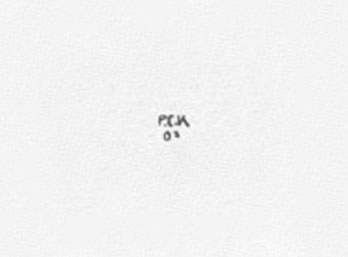
Pattern 1.1.
Signature pattern featuring the initial letters of the creative and birth name and time reference beneath written in two lines was one of the first patterns that the artist used for a short period of time within 1904 for signing main illustrations for printed editions. This signature pattern proves that the artist decided on the creative name from the beginning of his carrier.
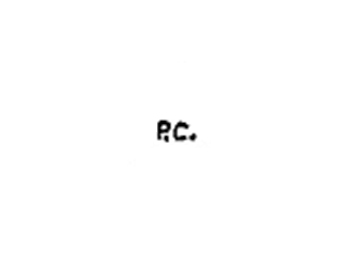
PATTERN 1.2.
This signature pattern is an abbreviated one of the above-described featuring initial letters of the creative name Paul Casberg. It was used for signing vignettes for the collection of poetry by E.Mühsam “The Dessert”, 1904. This book features both described signature patterns.

PATTERN 1.3
The monogram used by the artist to sign the vignettes to the collection of poems by A.Brand "The Islands of Eros" 1905. The signature represents the initial letter of the artist’s surname encircled with an initial letter of his creative name.
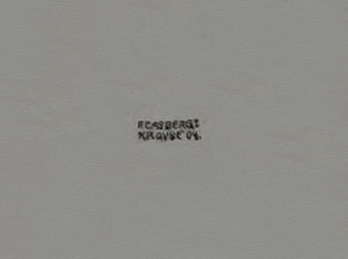
PATTERN 2.1.
This signature features full creative and birth names and time reference in reduced pattern written in two lines in stylized font was used within 1904 for signing illustrations made for different printed editions.
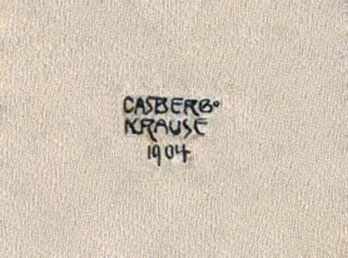
PATTERN 2.2.
This signature pattern features a slight modification of the above described and was also used in 1904 for signing illustrations for different printed editions. The pattern features both names and full time reference in three lines. The first one features the creative name, the second one – the birth name and the third one the year of creation. The font is stylized.
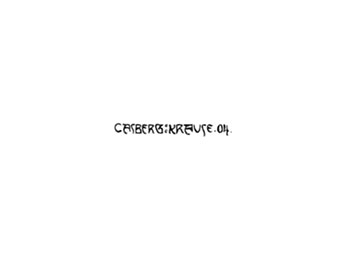
PATTERN 2.3.
Another signature pattern written in one line featuring the creative name, surname and abbreviated time reference and was also used to sign illustrations within 1904
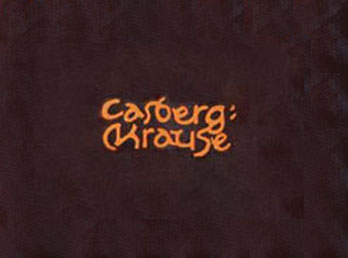
PATTERN 2.4.
In course of time the artist decided to reduce his signature. This pattern features both names void of time reference, the font is stylized. It is believed to be used for signing of graphic artworks between 1910-1915.
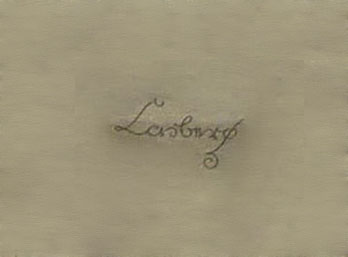
PATTERN 3.1.
This signature pattern was used by the artist for signing illustrations in printed editions as well as graphic artworks and can be seen on the first works by Casberg authorship on history of German uniform, as well as various illustrations on military subjects and his first artworks in the animal genre between 1915-1919. This signature features a specific capital letter that features Gothic uppercase character “C”. Since this time Casberg used his creative name void of his birth name.
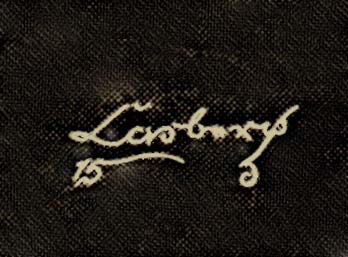
PATTERN 3.2.
A modification of the above described signature pattern used in the period 1915-1919. In some artworks the artist added time reference to the signature.
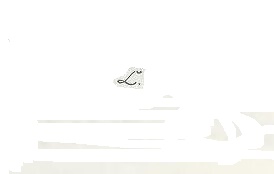
Pattern 3.3
An abridged version of the above pattern featuring only the capital letter of the artist’s pseudonym. This pattern was used by the artist for his illustrations during 1916.
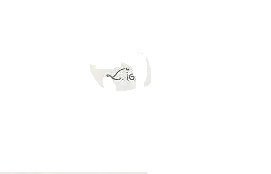
Pattern 3.4
An abridged version of the signature featuring Gothic uppercase character “C” and the year used by the artist for his illustrations in 1916.
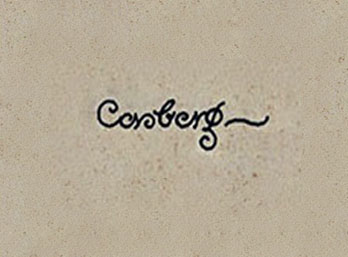
PATTERN 4.1.
This signature pattern was most often used, made in handwriting and void of any additional information. It can be seen for the first time on covers of printed editions designed by Casberg in 1919 and remains the main pattern for the vast majority of his further artworks.
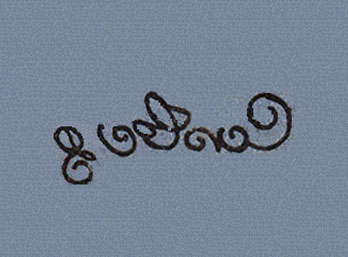
PATTERN 4.2.
This signature pattern is a mirrored image of the above-described and can be seen on Casberg`s artworks made by flat printing technique and features a result of print.
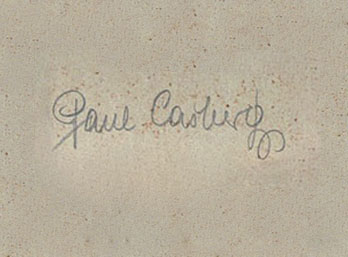
PATTERN 4.3.
Many of his artworks Casberg signed by hand indicating titles of artworks. In this case the name of the artist was added as well. This signature demonstrates one of such patterns.
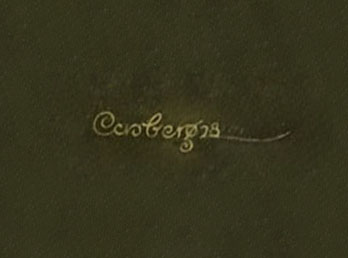
PATTERN 4.4.
Sometimes the artist added time reference to his artworks. This signature pattern can be seen on artworks served as covers for issues of the magazine “Deutsche Sankt-Georg Sportzeitung”.
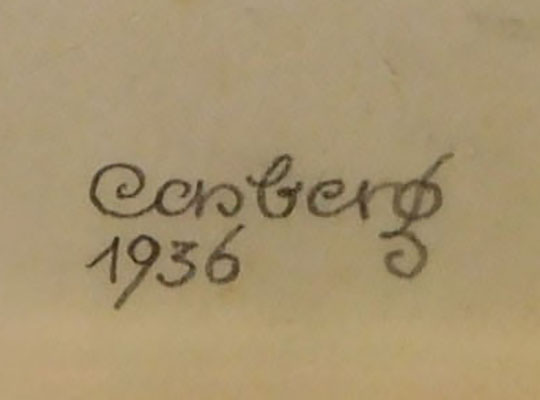
PATTERN 4.5
Signature pattern featuring the creative name and time reference beneath written in two lines was used by the artist for signing sketches of edged weapon.
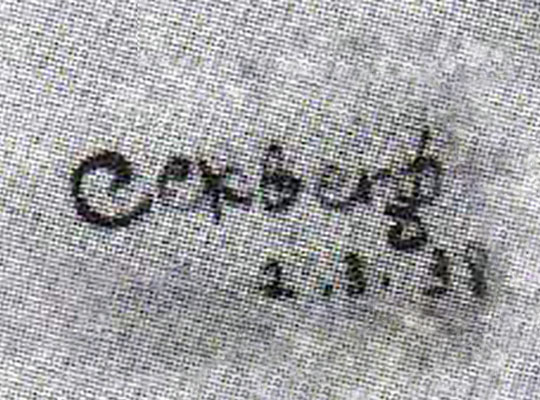
PATTERN 4.6
This signature pattern can be seen on edged weapon sketches by Paul Casberg and features a creative name of the artist with a full time reference and was written on two lines.
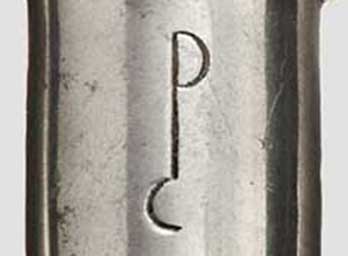
PATTERN 5.1.
The items made from Casberg`s sketches featured the monogram of the designer. Not all of them were marked with his monogram, but the most significant were definitely marked. This signature pattern can be seen on militaria made from Casberg`s sketches since 1936, for instance, banner finials and awards.
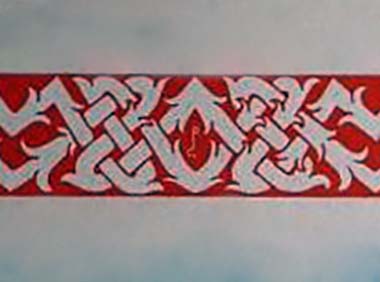
PATTERN 5.2.
The above described monogram of the artist can be noticed in printed editions designed by Paul Casberg
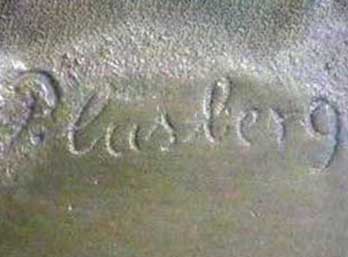
PATTERN 6.1.
Another signature pattern used for metal items made from Casberg`s sketches. This signature might have been done by the artist on crude metal on sculptures made from his sketches.
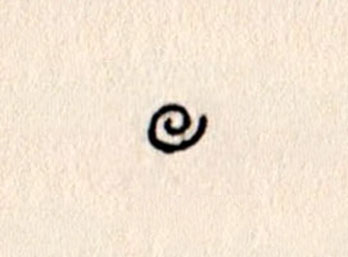
PATTERN 7.1.
One of the last signature patterns used by the artist for signing of illustrations in 1939.
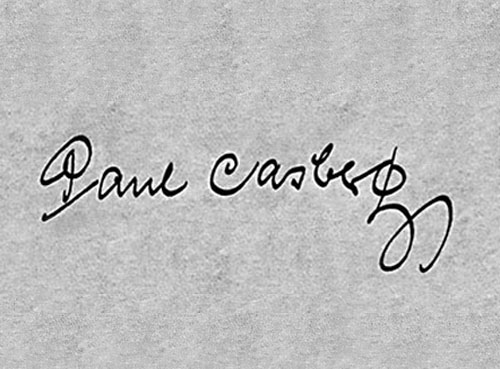
PATTERN 8.1.
The signature of the artist used for private correspondence. The source of this and below described signature patterns is Paul Casberg`s archival documents, his private and official correspondence.
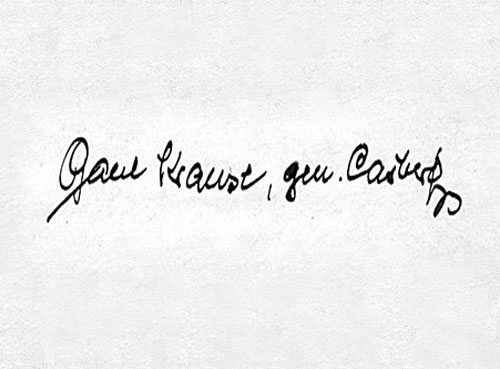
PATTERN 8.2.
Paul Krause named Casberg. This signature pattern became an integral part of correspondence to the authorities and courts, as signing of official documents only with the artist`s pseudonym was considered legally insufficient.
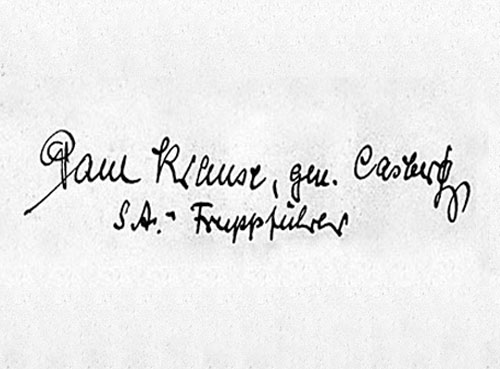
PATTERN 8.3.
A full name of the artist and his military rank that was used by the artist when he was the SA-member.
